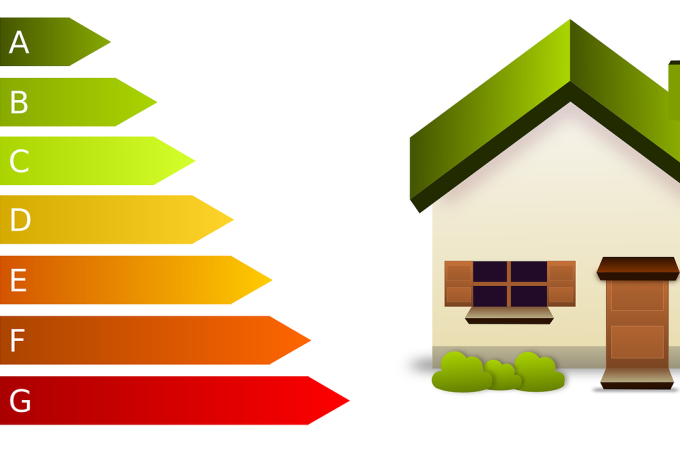Energy Efficiency
How to use the necessary energy in the most efficient way
Every day, people use energy for transportation, cooking, heating, cooling, manufacturing, and lighting, as well as for entertainment and many other purposes. However, the ways in which all that energy is used significantly affects our environment and life. Therefore, it is very important not only whether we save energy (whether we turn off appliances when we are not using them) but also whether we use them most efficiently (whether the used appliances and technology fall into the category of energy-saving products).

Considering this, we can distinguish two categories: energy saving and energy efficiency.
Saving energy means everything we do to avoid wasting energy – these are simple steps that everyone can adopt as a way of behaving, from turning off the lights after leaving the room to recycling plastic or aluminum packaging.
On the other hand, energy efficiency is a term that refers to the use of technology that requires less energy to work – a good example can be energy-saving LED bulbs that consume less energy instead of classic bulbs while giving the same amount of light.
Why is energy efficiency important?
Although energy losses cannot be reduced to zero, they can be reduced in various ways by using different techniques. With a careful or efficient approach, energy can be consumed in optimal amounts for a process or activity. When it is used inappropriately, which means that there is a difference between the supplied amount of energy and the required amount of energy, it leads to wastage and, thus, to financial loss.
Inefficient energy use is mostly the result of poor design, inadequate operating characteristics of the process, poor maintenance, idling or operation of equipment when it is not necessary (lights on, running the process at unnecessarily high temperatures, etc.).
Additional benefits of introducing energy efficiency measures include:
– lower energy dependence,
– reduction of pollution,
– direct impact on the improvement of living conditions.
How far have we come in introducing energy efficiency measures?
We could answer this question by assessing that we have a long way to go. Here’s why…
* Energy consumption in Serbia is twice as high as the average consumption in 35 OECD countries,
* In our country, even 60 per cent of the final energy is consumed by the building sector,
* Owners of apartments and houses in Serbia generally view the proposed measures for energy efficiency only as an additional levy,
* Only 10 per cent of domestic investors recognize energy efficiency as a comparative advantage over the competition.
Given that energy is mainly wasted in industrial plants and the building sector, the greatest effect can be achieved there by applying the necessary measures for energy efficiency.
Bearing in mind that Serbia has an obligation to achieve final energy savings of 9 per cent compared to 2008 consumption by 2020, the National Action Plan for the Improvement of Energy Efficiency was formed, and Belgrade will soon receive its Fund for the Improvement of Energy Efficiency, which will launch a project to massively improve the efficiency of energy consumption in public and private buildings in the capital. Savings in energy consumption that could be achieved by introducing the planned measures could amount to 15 per cent to 25 per cent per household so that the existing standard is maintained.
Read how to improve energy efficiency in the building sector.
If you are interested in how to introduce energy efficiency measures in the industry, visit this link.




